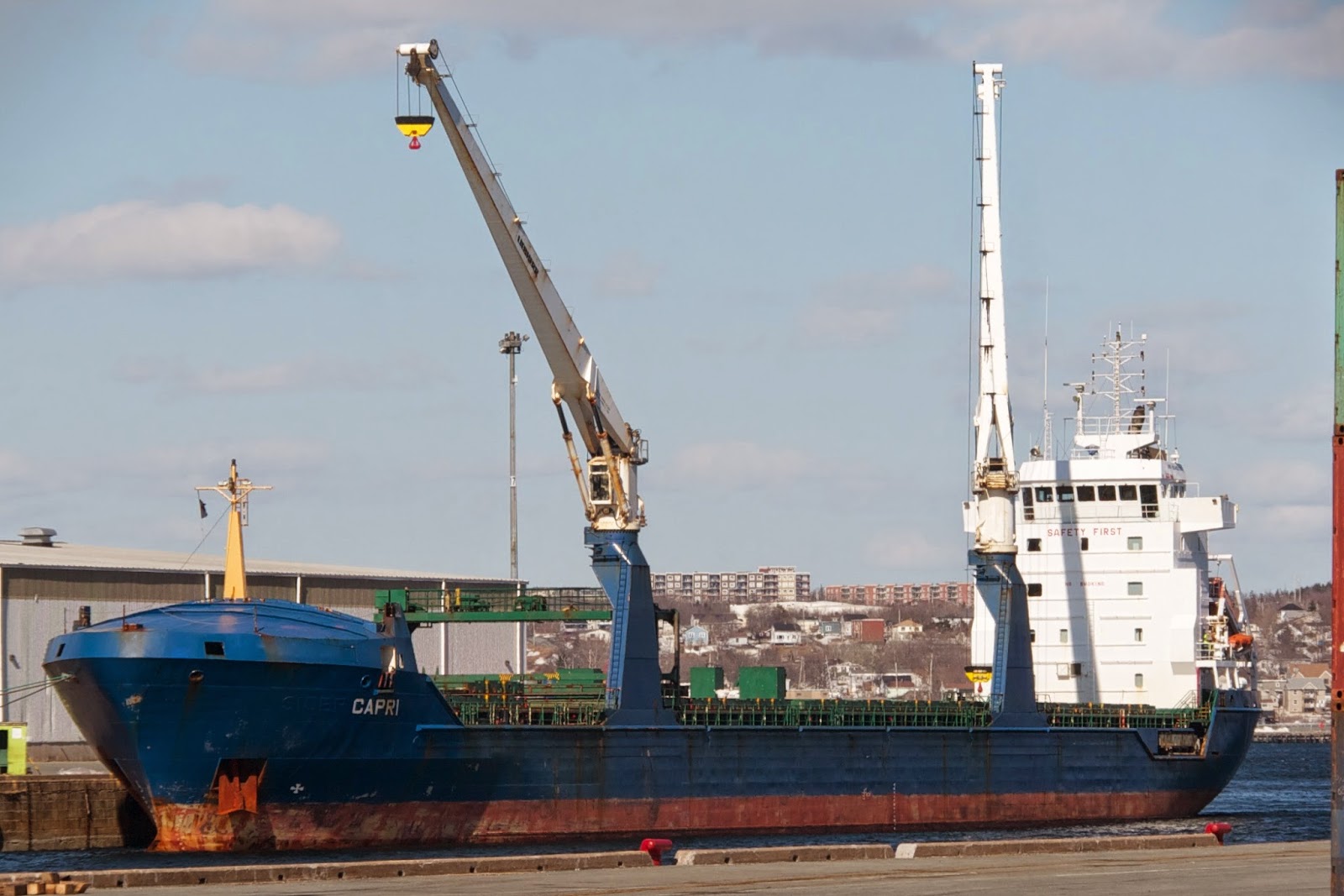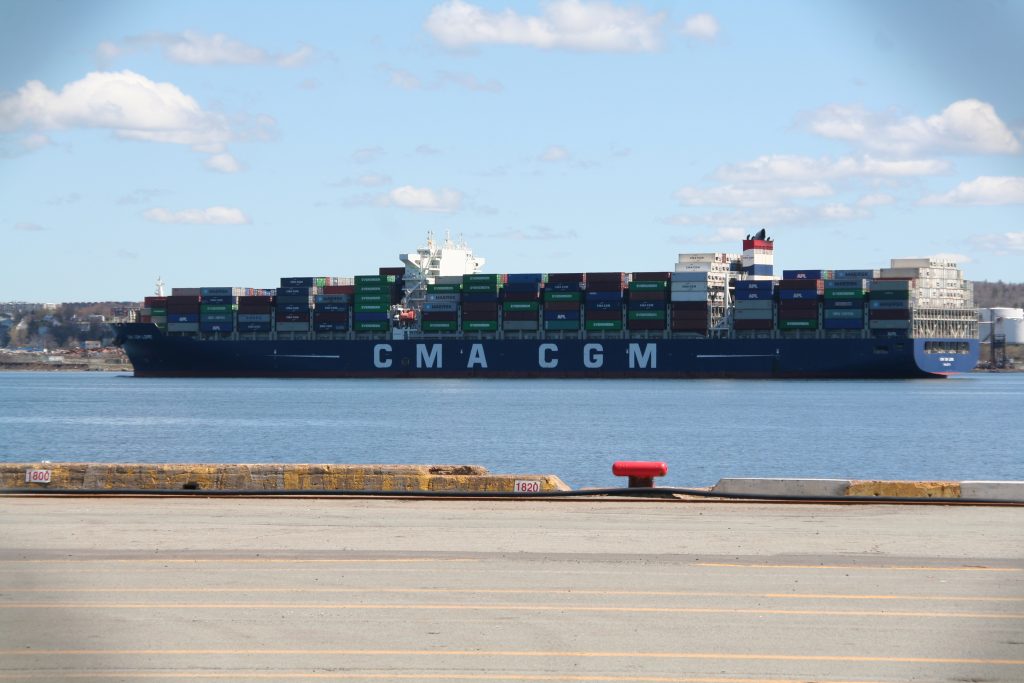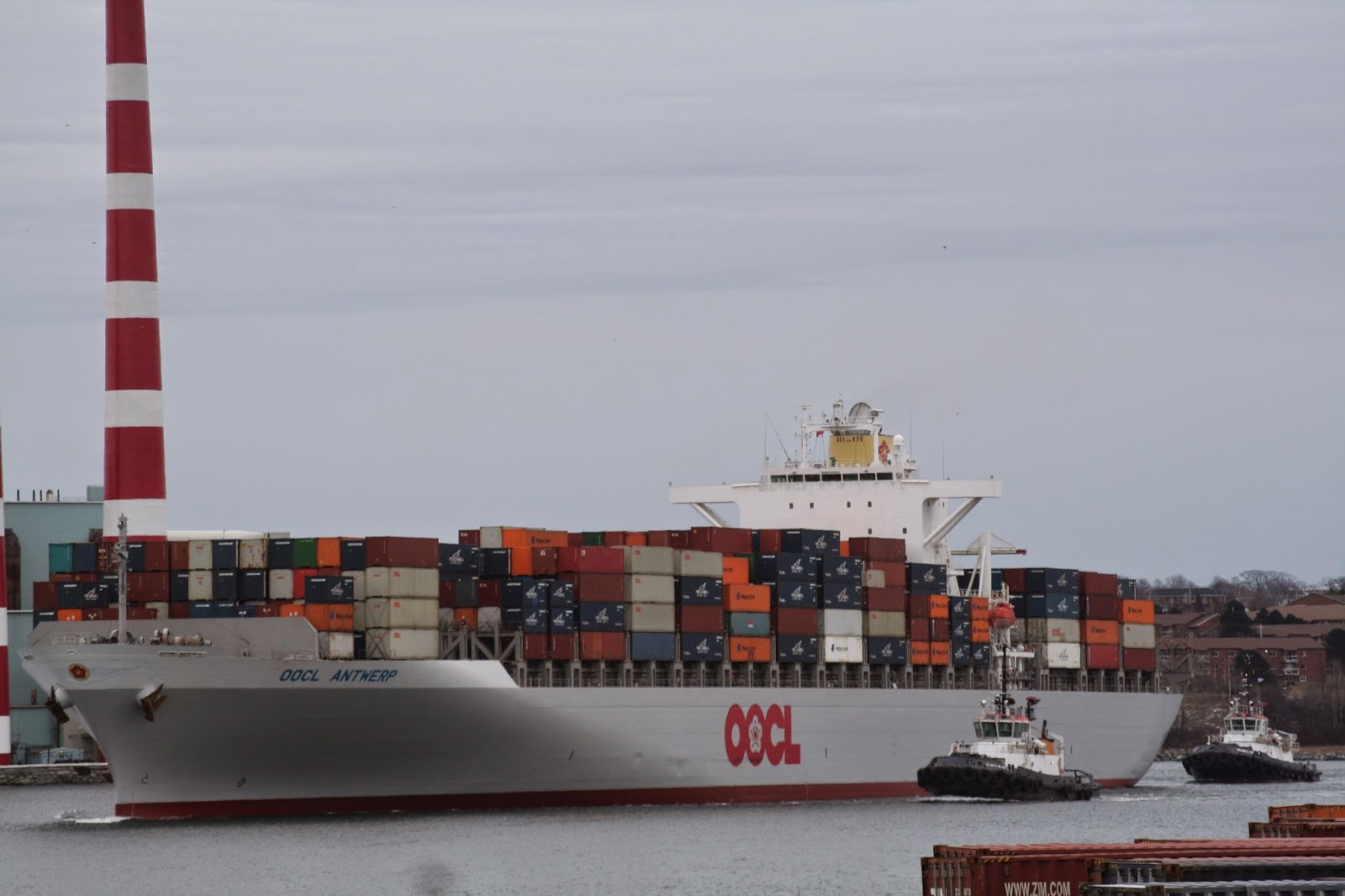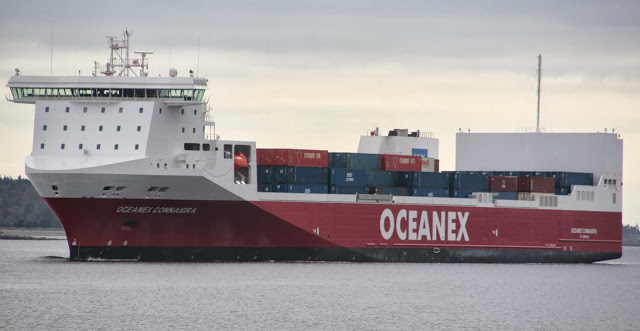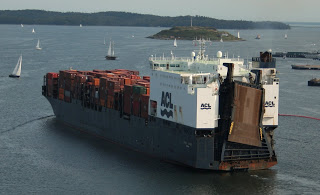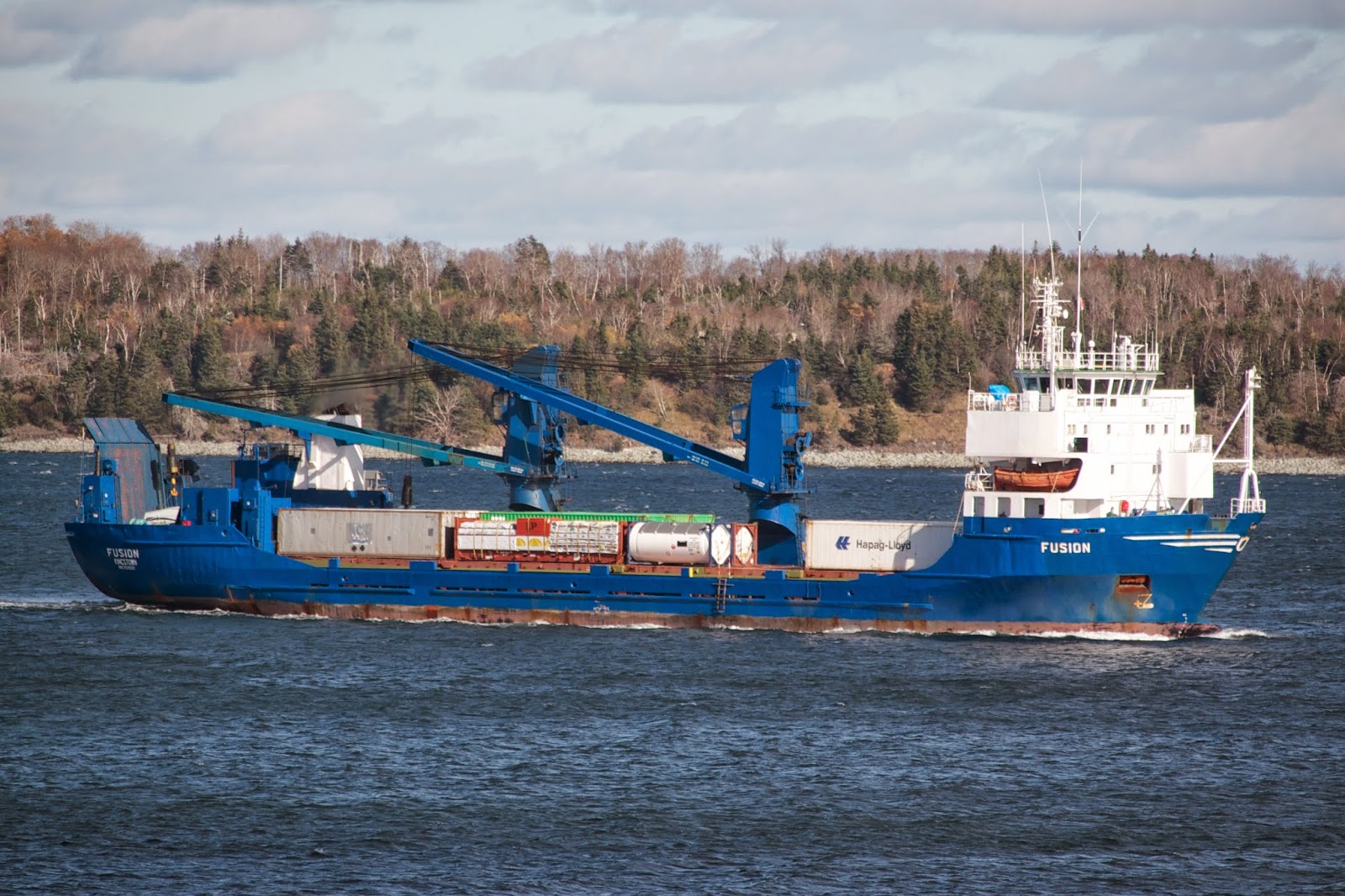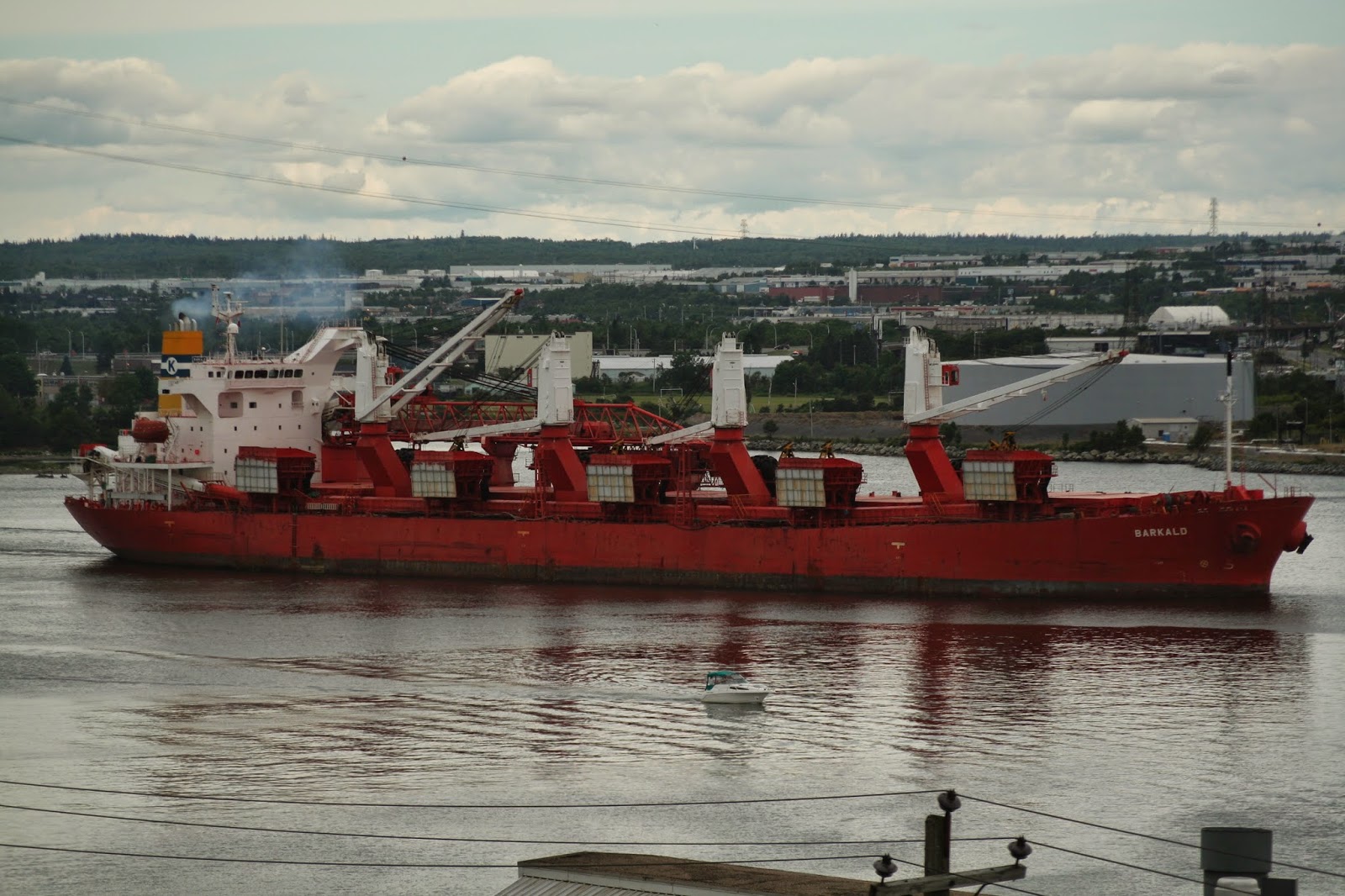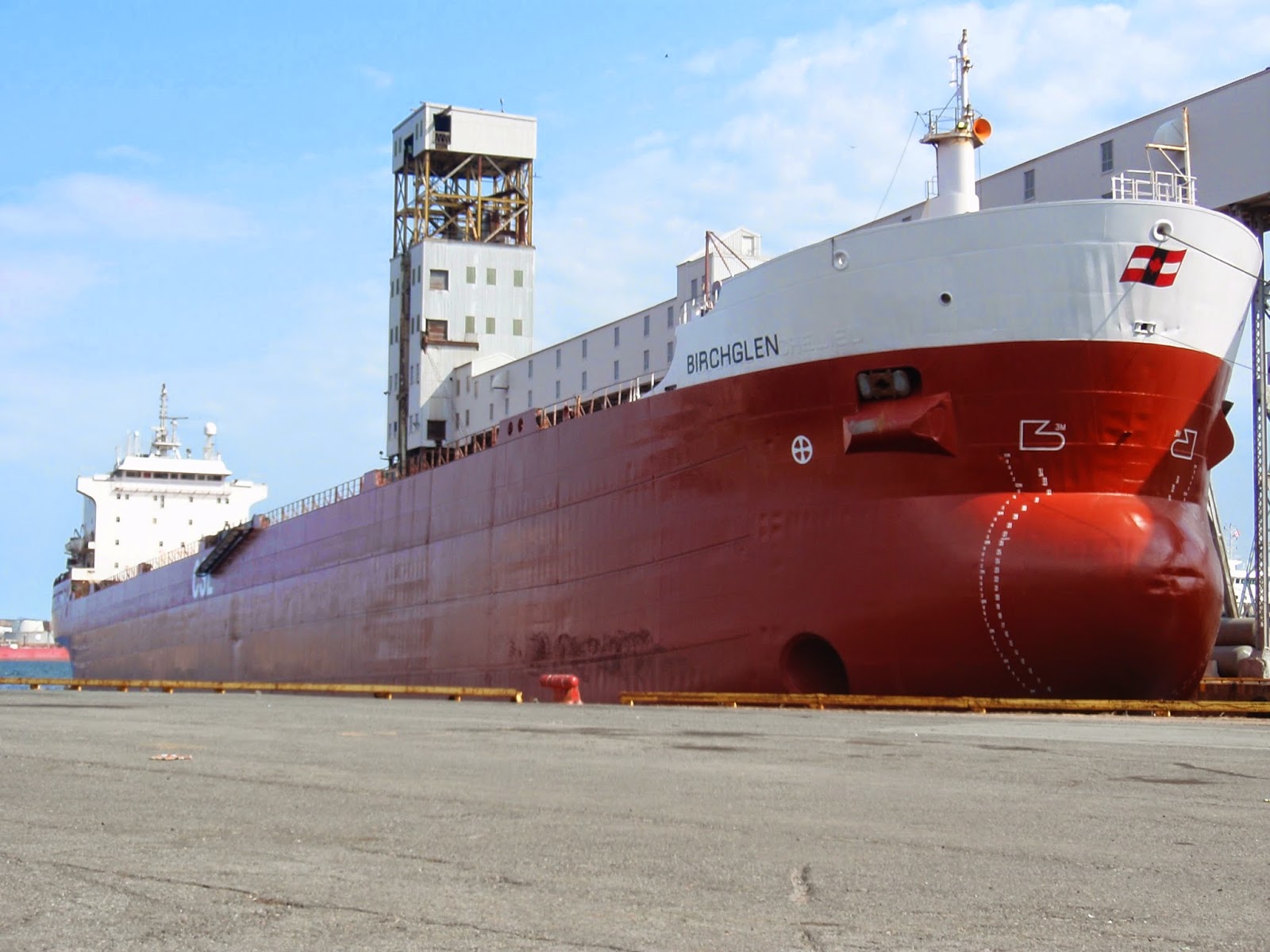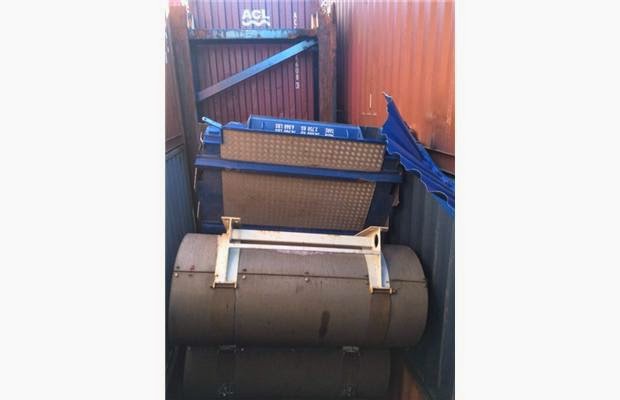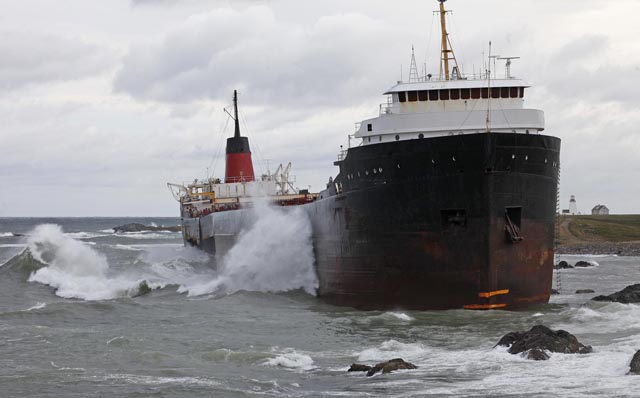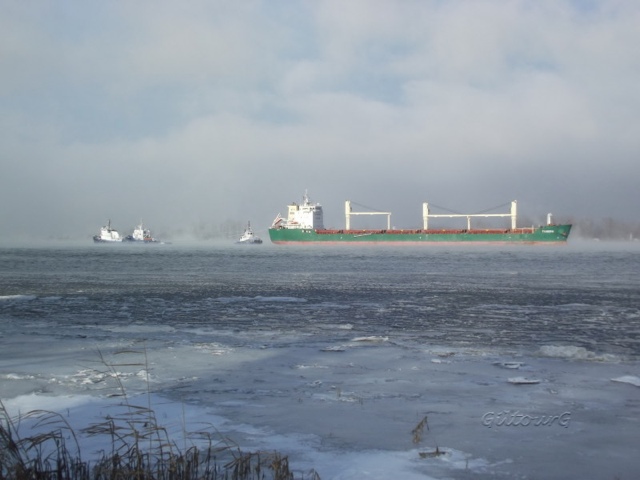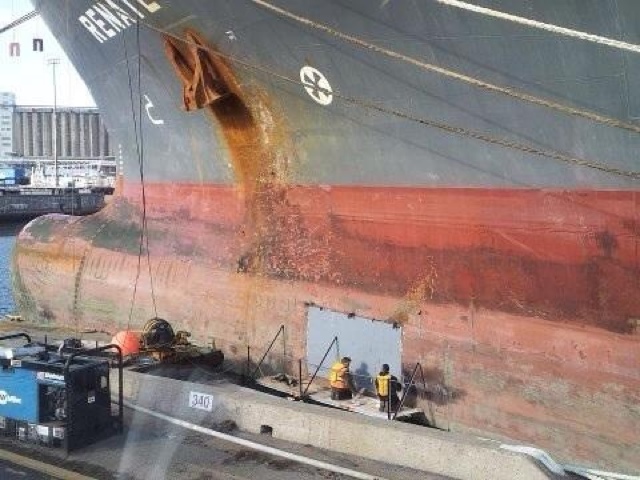Halifax Consists of 2 CN Subdivisions. The Bedford Sub runs from the Halifax Ocean Terminals to Truro. The Dartmouth Sub runs from Windsor Junction to Autoport in Eastern Passage.
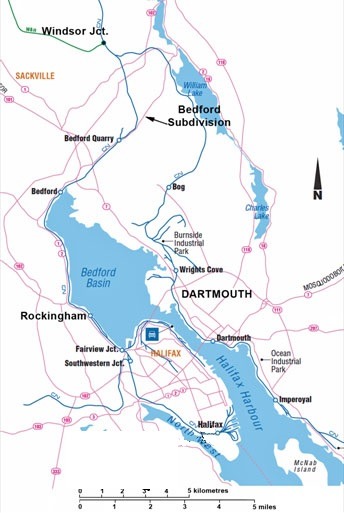
Dartmouth Sub
The Dartmouth Sub is unsignaled, and relies on an occupancy control system. the dispatcher issues a set of rules governing the allowed limits of a trains movement.
The Train geek has a 2 part post that explains OCS
Part 1: OCS Basics Part 2: Finer Details
The Dartmouth Sub runs several trains.
 Trains 407/408: runs Dartmouth to Moncton and back Daily. 408 arrives in the early predawn hours of the morning, and 407 returns mid morning.
Trains 407/408: runs Dartmouth to Moncton and back Daily. 408 arrives in the early predawn hours of the morning, and 407 returns mid morning.
Train 503 is the Burnside Industrial Park Switch Assignment. it is unscheduled. this is also the train assignment that takes autoracks to autoport.
 Train 511 (above) is the Gypsum Train, running from Wrights Cove to Milford and back. Runs Week Days.
Train 511 (above) is the Gypsum Train, running from Wrights Cove to Milford and back. Runs Week Days.
| Westbound | Eastbound | ||||
| Mile | Station | CN 407 | CN 511 | CN 408 | CN511 |
| 16.25 | End of Track Autoport |
||||
| 15.1 | Imperial Oil |
||||
| Dartmouth |
0710 | 0515 | |||
| 10.1 | Wrights Cove Wrights Cove Spur National Gypsum |
0700 | 1510 | ||
| 8.72 | Burnside Industrial Spur “D” 1.2 Miles N |
||||
| 8.52 | Burnside Industrial Spur “B” 0.5 Miles N |
||||
| 8.39 | Burnside Industrial Spur “A” 1.5 Miles N |
||||
| 0.2 | Windsor Junction………. Connection to CN Bedford Sub |
0739 | 0710 | 0444 | 1500 |
Standby CH 1 161.415mhz
RTC Call in CH 3 160.935mhz
Bedford Sub
The Bedford Sub Uses CTC – A dispatcher sets signals and remotely configure switches in preparation for the trains. Trains get their clearances from the signals.

Clear and Stop Are pretty easy to understand. The other signals, Limited, Medium, slow and restricted reffer to speed limits
- Track speed. This means whatever the pre-approved speed limit for the track.
- Limited speed. 45 mph.
- Medium speed. 30 mph.
- Slow speed. 20 mph
- Restricting speed. This means an absolute maximum of 15 mph, and the crew must be extra cautious as well as being able to stop in half the distance of vision.
There is a 4 part Video Explanation of the Canadian Signalling System Available Part 1: The basic three light system
Part 2: One and Two Light Systems
Part 3: Diverging and Limited speeds, to and at signals
Part 4: Dwarf Signals
 Trains 120/121 : These are the Inbound and outbound Container Trains. 120 Arrives in the morning – typically around 9 or 10 am. 121 assembles itself around 7pm, and departs between 8-9pm. Run Between Toronto BIT and Rockingham.
Trains 120/121 : These are the Inbound and outbound Container Trains. 120 Arrives in the morning – typically around 9 or 10 am. 121 assembles itself around 7pm, and departs between 8-9pm. Run Between Toronto BIT and Rockingham.
Train 501: CN Local from Rockingham to Kinsac, and Back. Runs Sunday, Tuesday, Thursday. This serves Bedford Quarry, and likely picks up and delivers cars for 407/408 at Kinsac.
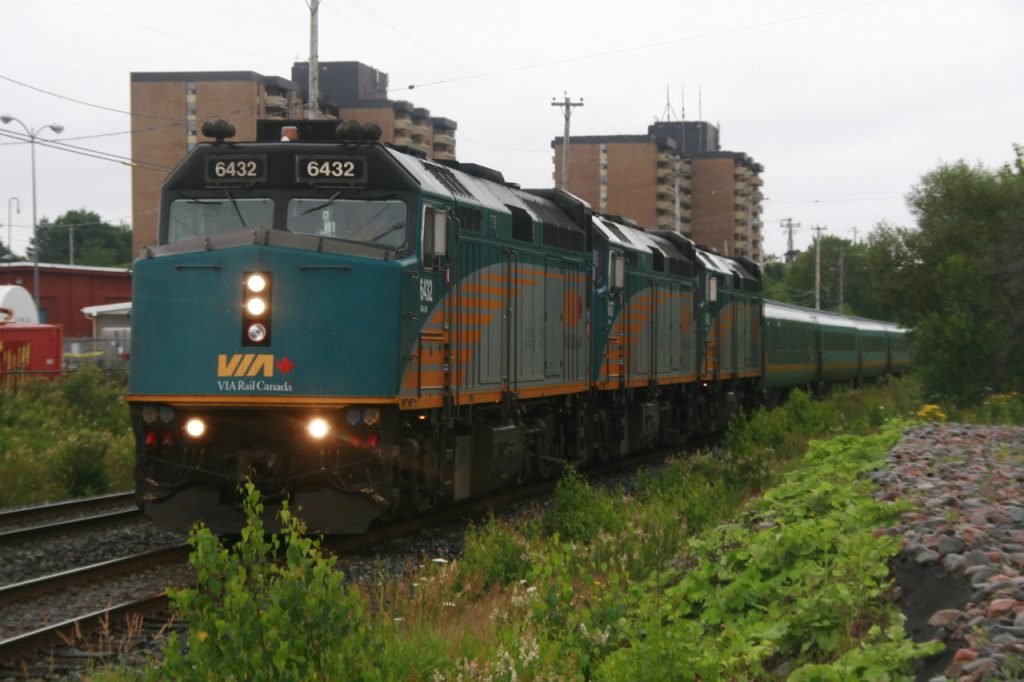 VIA Rail – The Ocean: train 15 Departs Halifax at 1200 Wed, Friday, Sunday. Train 14 Arrives at 1735 Monday, Thursday, Saturday.
VIA Rail – The Ocean: train 15 Departs Halifax at 1200 Wed, Friday, Sunday. Train 14 Arrives at 1735 Monday, Thursday, Saturday.
Via publishes a Schedule in PDF and allows for near realtime tracking by train number, but this third party site shows everything.
| Eastbound | Mile | Station | Westbound | ||||||||||
| VIA 14 |
CN 120 |
CN 408 |
CN 511 |
CN 501 |
CN 507 |
VIA 15 |
CN 121 |
CN 407 |
CN 511 |
CN 501 |
CN 507 |
||
| 17:35 | 0.0 | Halifax Ocean Terminal VIA Rail Station |
12:00 | ||||||||||
| 5.0 | Fairview Deepwater Branch (HIT) 2.4 miles N Fairview Maintenance Depot |
||||||||||||
| 0945 | 0500 | 1800 | 6.0 | Rockingham Yard |
2000 | 2100 | 1000 | ||||||
| 7.96 | Millview | ||||||||||||
| 10.6 | Bedford | ||||||||||||
| 15.6 | Junction with CN Dartmouth Sub | ||||||||||||
| 17:10 | 0930 | 0444 | 1500 | 1730 | 15.8 | Windsor Junction………. | 12:25 | 2025 | 0739 | 0710 | 1030 | ||
| 16.33 | Hotbox detector | ||||||||||||
| 20.0 | Kinsac Siding 3553’ |
||||||||||||
| 27.0 | Sandy Cove Siding 3800’ |
||||||||||||
| 1649 | 0900 | 0415 | 1305 | 1700 | 30.3 | Hotbox detector | 1245 | 2125 | 0830 | 0800 | 1100 | ||
| 1300 | 36.6 | Junction with National Gypsum | 0805 | ||||||||||
| 1500 | 38.4 | Milford | 1430 | ||||||||||
| 44.3 | Hotbox detector | ||||||||||||
| 51.2 | Alton Siding 6300’ |
||||||||||||
| 56.0 | Brookfield Canada Cement Spur 2.8 miles S |
||||||||||||
| 61.3 | Hotbox detector | ||||||||||||
| 61.5 | Hyde | ||||||||||||
| 16:05 | 0820 | 0305 | 64.0 | Truro East………. Connection to CN Springhill Sub |
13:31 | 2200 | 0940 | ||||||
Standby CH 1, 161.415mhz
RTC Call in CH 8, 161.025mhz
Other Trains
CN 308/305 is a Daily Run from Toronto Macmillian to Moncton (and Return) This is the main East/West General Freight.
CN Runs Local 515 from Truro to Brookfield (Canada Cement) weekdays. Also Train 534 runs Moncton to Amherst (no schedule)

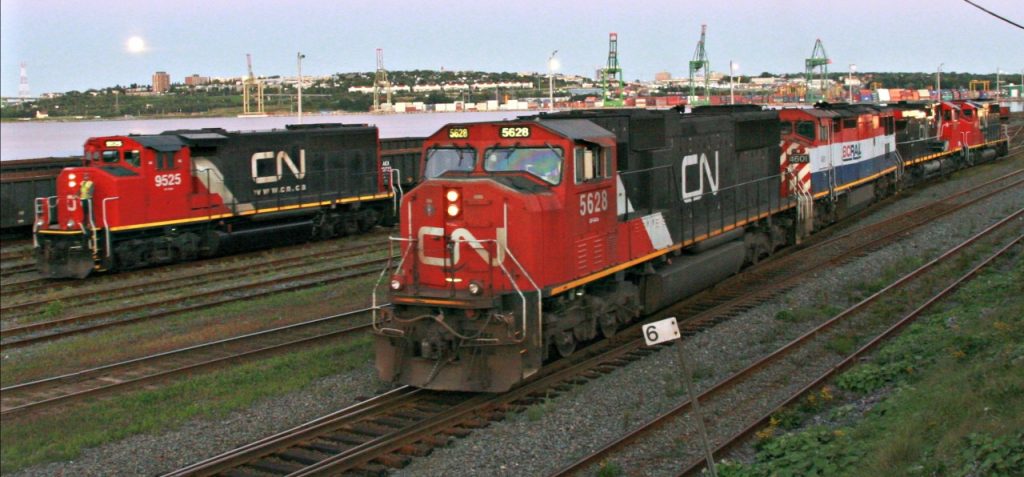
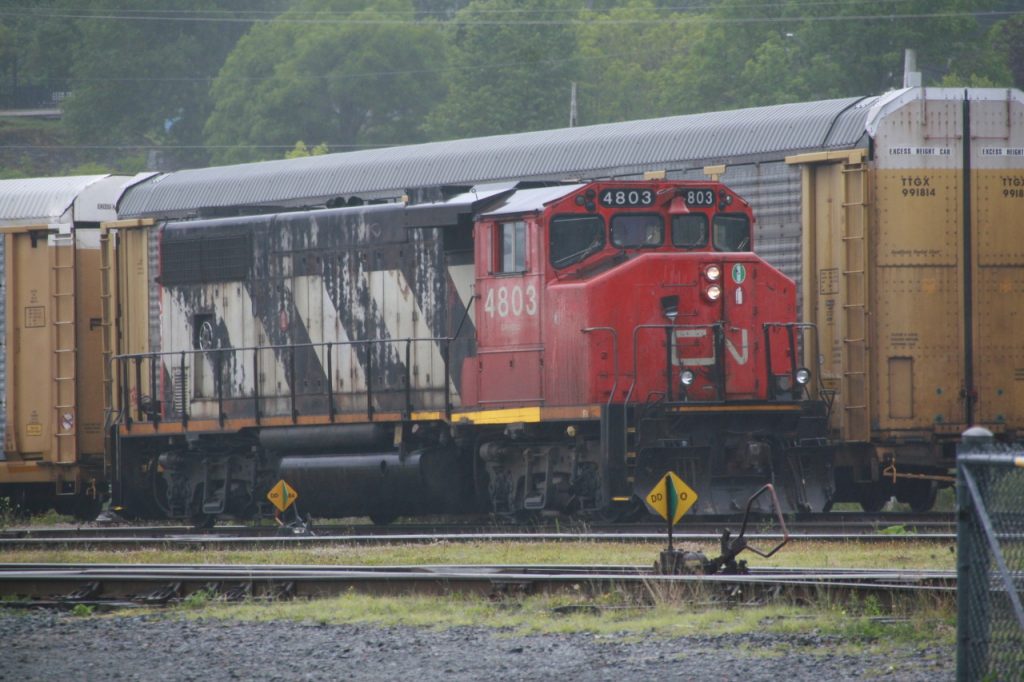



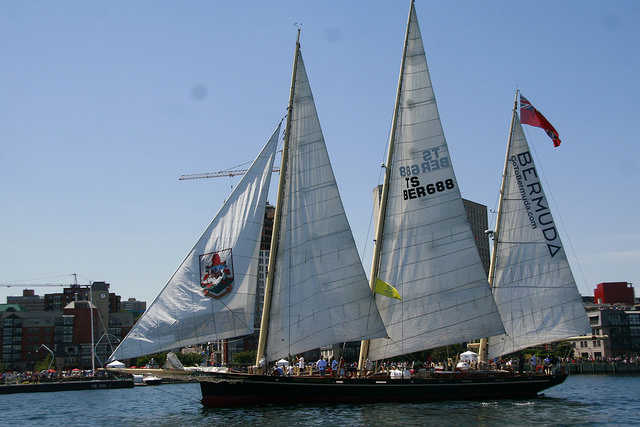
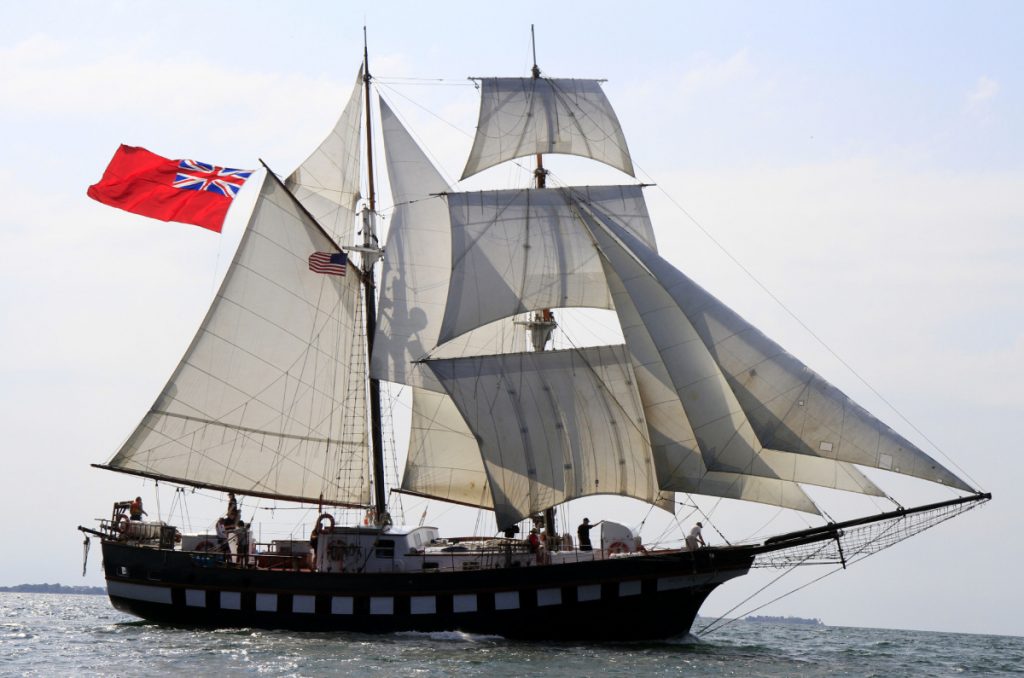
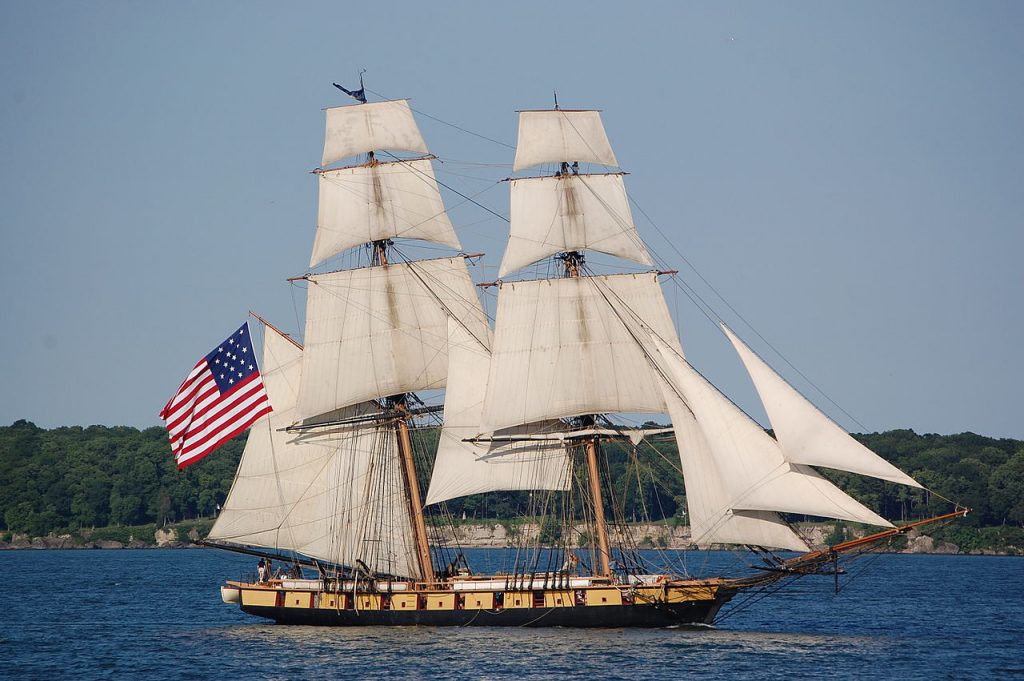
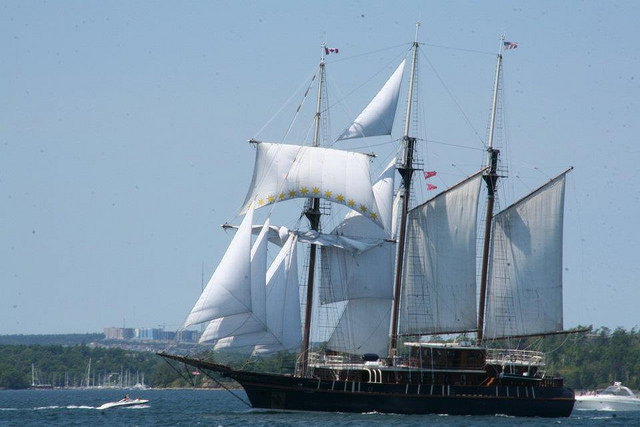
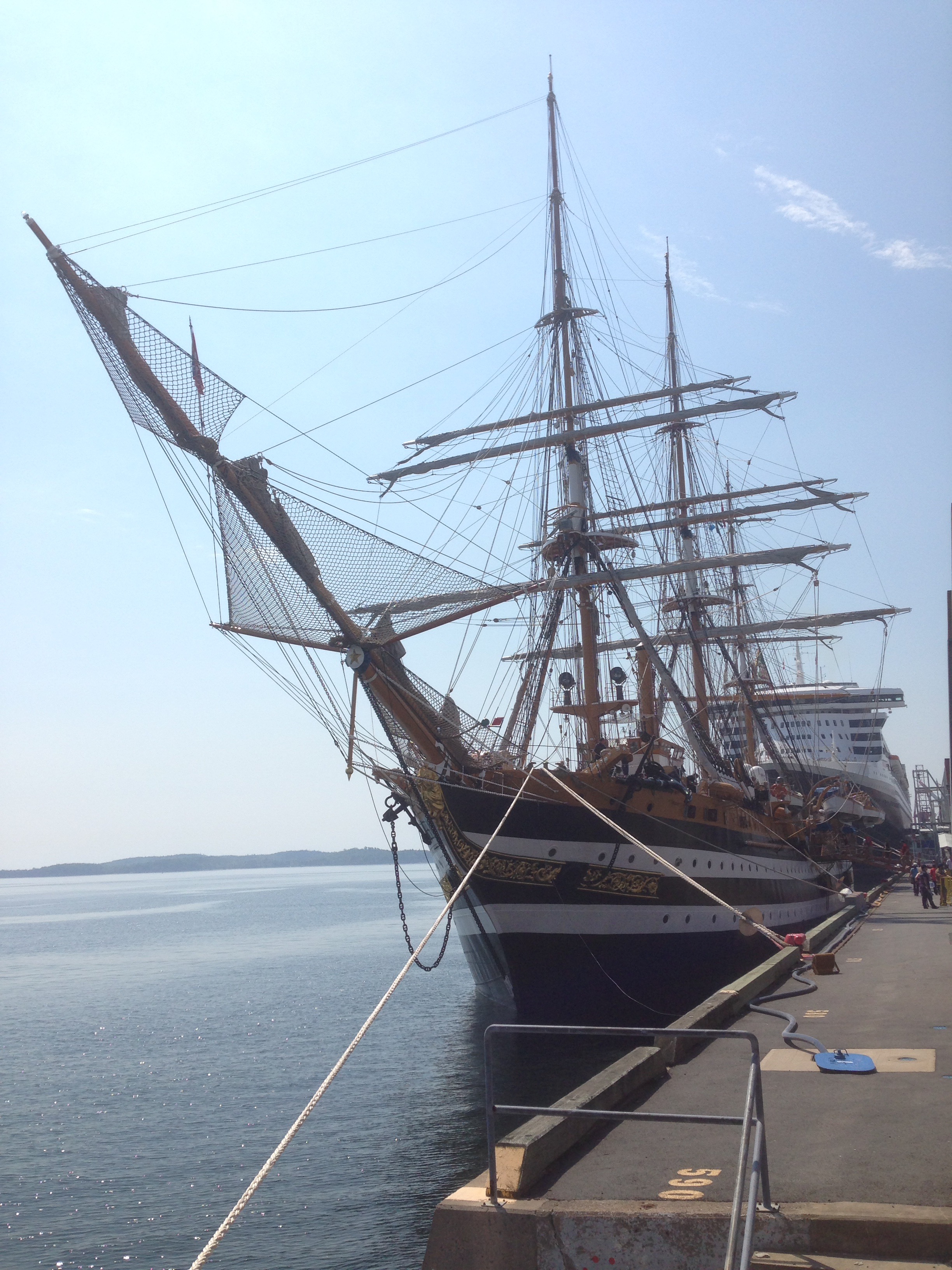

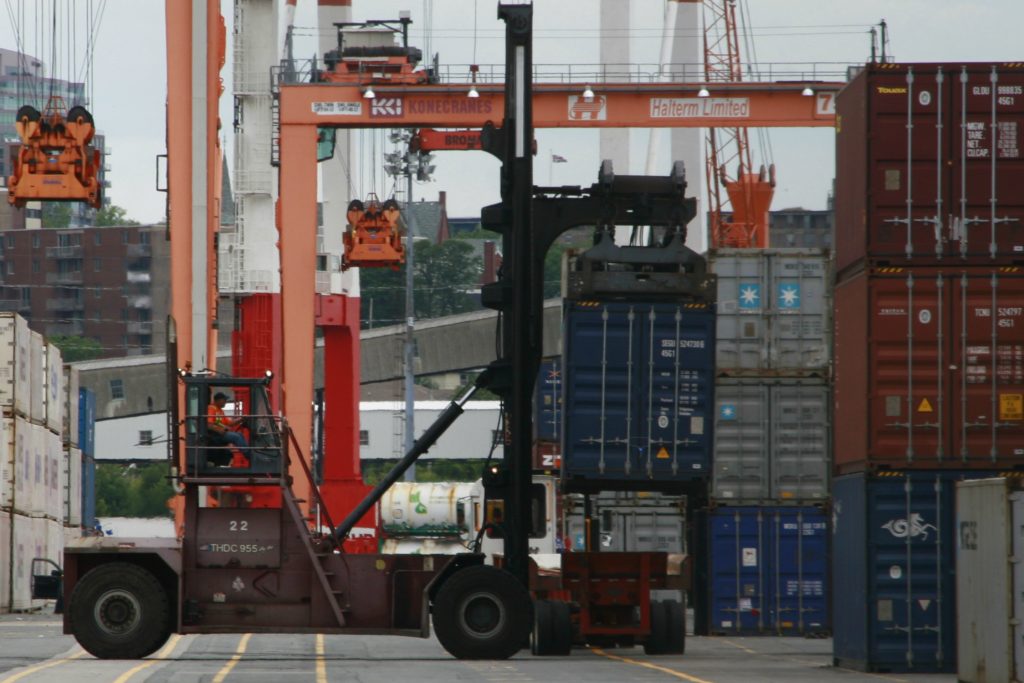
![13398483_1778478165701187_903431950_n[1]](https://blog.halifaxshippingnews.ca/wp-content/uploads/2018/12/13398483_1778478165701187_903431950_n1-1024x1024.jpg)
![12917852_579181522229448_1612875436_n[1]](https://blog.halifaxshippingnews.ca/wp-content/uploads/2018/12/12917852_579181522229448_1612875436_n1-1024x1024.jpg)
![13259674_1704966343104145_797837561_n[1]](https://blog.halifaxshippingnews.ca/wp-content/uploads/2018/12/13259674_1704966343104145_797837561_n1-1024x1024.jpg)
![13398554_838994832900379_1669648389_n[1]](https://blog.halifaxshippingnews.ca/wp-content/uploads/2018/12/13398554_838994832900379_1669648389_n1-1024x1024.jpg)
